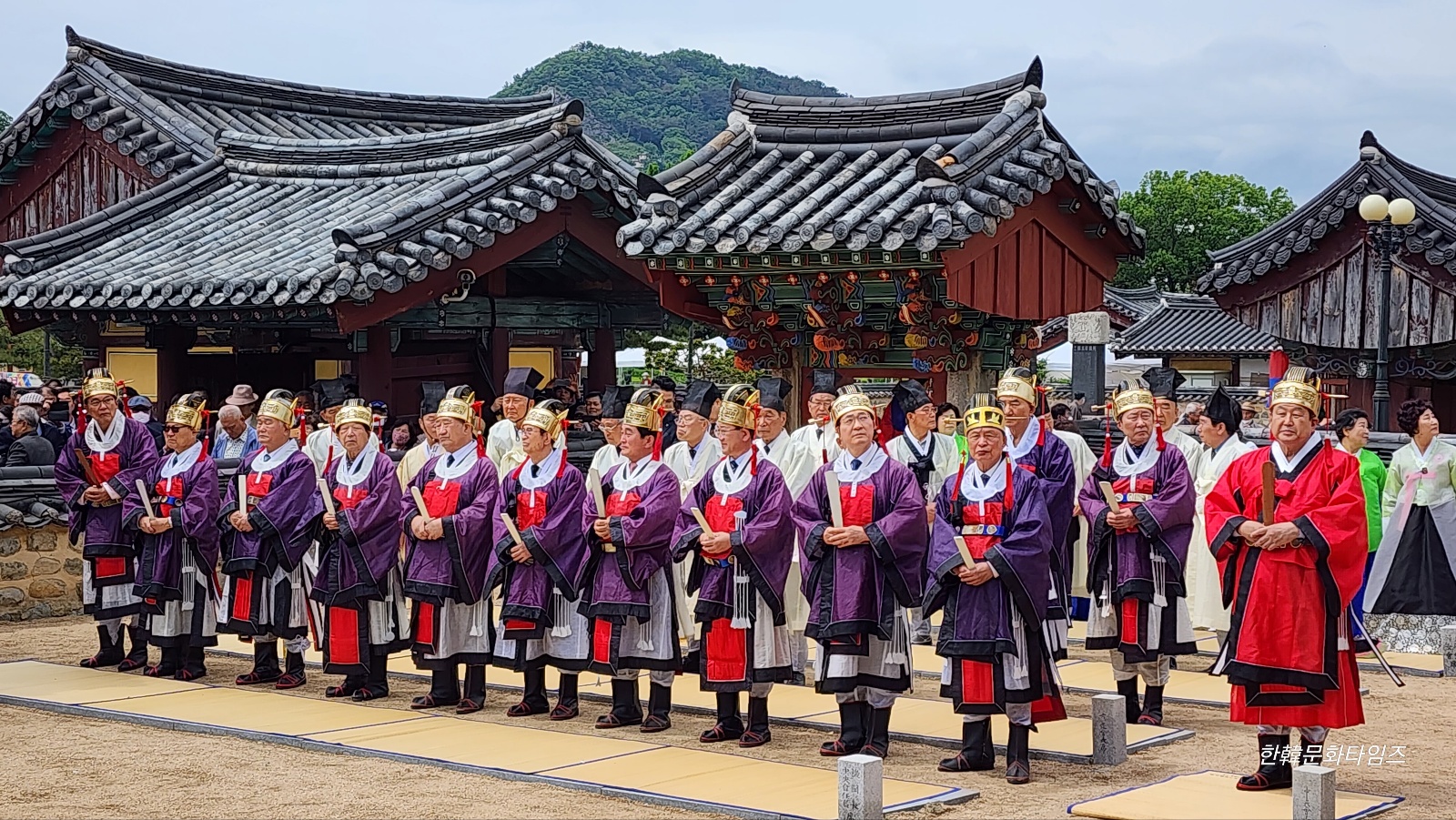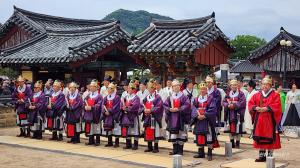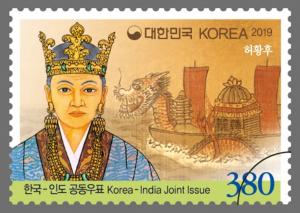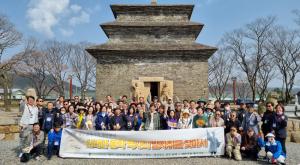- For the Summer Holidays, releasing three books to introduce main historical sites of Gyeongju and a video on YouTube on August 6th -
As the Summer Holidays have arrived, the Gyeongju National Research Institute of Cultural Heritage (Director Lee Jong-Hoon), under the Cultural Heritage Administration,plans to provide three books introducing the history of Silla and important remains in Gyeongju at theirwebsite. A video that researchers of the Gyeongju National Research Institute of Cultural Heritage (the GNRICH) appear in person to explainhistorical sites, will be released on YouTube on August 6th.
 |
The books, will beprovided at the website of the GNRICH,are ‘Daedam Silla[Silla talk_對談新羅]’, ‘Uri Josangdeuli Danyeogan Silla Wanggyeong, Gyeongju [The Silla capital, visited by our ancestors, in Gyeongju]’ and ‘Deokeopilsin Mangrasabang [The great achievements are being renewed day by day, it covers all over the world_ 德業日新網羅四方].
‘Daedam Silla’ is a compilation of lectures on Silla’s history and culture, which researchers of the GNRICH organized it for citizens, in 2018. ‘Uri Josangdeuli Danyeogan Silla Wanggyeong, Gyeongju’ presents Korean poetry in classical Chinese, left by ancestors while traveling around Gyeongju, its related photographs and all types of written records. Lastly, ‘Deokeopilsin Mangrasabang* introduces what the GNRICH does and achievements of their excavations at crucial sites in Gyeongju.
* Deokeopilsin Mangrasabang: this is a phrase to illustrate the name of the country ‘Silla’ inJijeong Maripgan(king) articles in 『Samguksagi_History of the Three Kingdoms』.
All of these books are provided inPDF files with high-resolution at the website. Hence, thereare no difficulties to use it in electronic devices such as mobile phones and IPad& tablets or an actual print form.
 |
On YouTube releasing on August 6th, three editors of the book ‘Uri Josangdeuli Danyeogan Silla Wanggyeong, Gyeongju’ will take part in the video and explain Seondosan mountain (Muyeolwangreong_the tomb of King Taejong Muyeol), Nam mountain (Poseokjeong Pavilion, Najeong_a well with the founding myth of Silla)and Wolseong (Royal Palace of Silla) and historical monuments around it (Michuwangreong_the tomb of King Michu). They describe their parts in the book by adding images and also tell the stories of Korean poetry in classical Chinese (漢詩) based on those historical remains.
Furthermore, they say lucidly that the historical monuments are a significant connection between the past and present and the ancestors and us through aerial images by drones, photographs, results of excavation, and other materials.
 |
The electronic files (PDF) can be downloaded through the pop-up window, created at the GNRICH’s website (www.nrich.go.kr/gyeongju) on August 6th. At the same day, the video will be released on the GNRICH’s YouTube channel (https://www.youtube.com/channel/UCyvYCBA2aJFa8hIdIpur82Q)
TheGNRICH hopes that these releasing e-book files and the video will provide practical tourist information to tourists who want to enjoy cultural heritages and go sightseeing around Gyeongju in a relaxed and calm manner with the old stories in there. For further information about these e-books and the video, please do contact the Gyeongju National Research Institute of Cultural Heritage (054-777-5205).
박하영 기자 p-hayoung70@hanmail.net
<저작권자 © 한韓문화타임즈, 무단 전재 및 재배포 금지>

 오늘, 음력 3월 15일은 김수로왕의 가야국 건국일
오늘, 음력 3월 15일은 김수로왕의 가야국 건국일







